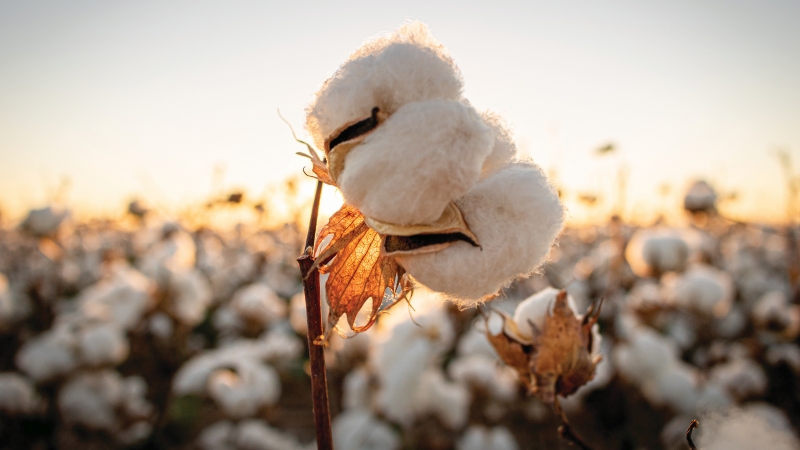How to Handle Volatility in the Cotton Market
In the last three years, cotton has shown that it really is an unpredictable market. Its international price spiked early in 2008 — close to $1 per pound — and by the end of the same year, with the crash, it collapsed below 40 cents per pound. After that, in 2009, cotton started its recovery trend, and in 2010 it was the commodity with the highest volatility, compared to 52 other products. Eventually, in 2011, the lint reached its highest price ever: over $2 per pound. That represents the highest price ever recorded in 140 years of cotton futures trading.
This volatility can be explained by frequent oscillation of demand and supply, weather troubles, and speculation. However, those reasons aren’t the complete story. The point is that even with a fundamental and technical analysis, there will always be macroeconomic factors and other surprise causes that will affect commodities.
When it happens, cotton is one of the first to suffer. Although it has economic importance to the consumer, cotton is not a “survival need,” such as soybeans and corn, which feed the world population. It makes this natural fiber likely to be more volatile, because whenever we face a crisis or an insecure situation, investors run out of the cotton market before leaving the other products traded in futures markets.
NY Cotton Prices, Sept. 2007 through June 2011
What Is Risk?
Risk management is the identification, assessment, and prioritization of risks, followed by a coordinated and economical application of resources to minimize, monitor, and control the probability and impact of unfortunate events, or to optimize the realization of opportunities. Risk management consists of interpreting and simulating market behavior and using technical or fundamental analysis, to achieve business security. These days, it’s inaccurate to see risk management as a minor subject in the cotton market. With the volatility we have been facing, it has to be seen as a core matter for growers and factories to support their business strategy.
Growers and textile mills can hedge using their own business, getting the input and output prices at the same time to guarantee profit. Because it’s not possible to do it constantly, it’s necessary to have another choice. For cotton, the best tool to execute risk management is to hedge quotes in the futures markets where players can fix their sale or buying prices, especially if they are not fixed on the physical market. The great point about it is that whenever cotton quotes show an opportunity to set a value, you can hedge to make your operation safer and free of volatility risk.
There are two main trading platforms in the world for that purpose, the ICE Futures in the United States and the Zhengzhou Commodity Exchange in China. Particularly in ICE Futures, the force of speculators can really move cotton quotes and trends. These players are very important because they provide liquidity to the market.
However, it would be reasonable for business if the futures markets had more regulation to prevent speculators from controlling prices. They shouldn’t be allowed to set prices for the whole world’s basic needs, including food, minerals, energy and fibers.
In the coming years, cotton price forecasting could be hiding some surprises, as it usually does. In addition to the fundamentals analyses that include planted area, production and consumption, there are several unknown factors that can affect prices, even in the short and middle term, such as:
- currency variations,
- oil prices,
- weather,
- export and import policies, and
- political and economic risks.
In the long term, there are other factors like new varieties of genetically modified seeds, gain yields, price influence from other commodities, land competition with others commodities, biofuels and price competition with synthetic fibers. This murky scenario makes hedging even more critical.
Everything that has occurred in the past three years should at least serve as a lesson for the future, because we haven’t found a working crystal ball yet and price forecasting is cloudy. This uncertain situation is unlikely to be resolved soon.
Trading cotton is a rollercoaster market, making hedging indispensable to protect business. To perform in the futures market, growers should take advantage of price spikes to fix their production sales. Textile mills should do the opposite and take advantage of the valleys to fix their input costs. If they do, cotton industry players will get more effective planning for their business needs and avoid the damaging aspects of price volatility.









